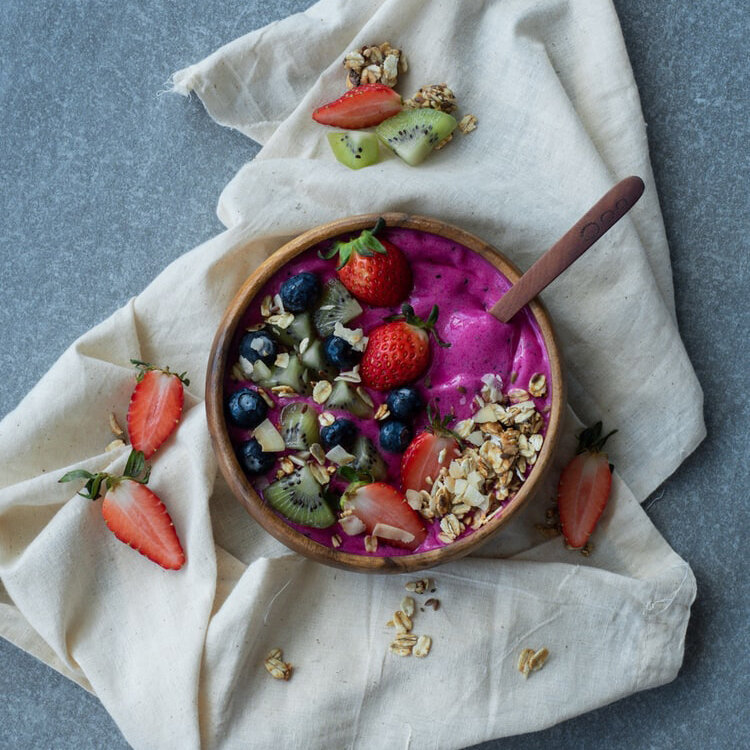There’s a lot more to know about protecting your skin from the sun than simply topping up your sun screen every few hours.
_____
Although we all love the warmth of the sun, too much sun exposure can significantly damage our skin.
Sun damage can occur from the accumulative exposure of unprotected skin on a daily basis, as well as being over-exposed to the sun at any one time. It can result in premature ageing as well as potential harmful skin cancers, such as melanoma.
Aside from skin cancer, sun damage can dramatically change the appearance of skin texture and result in fine lines and wrinkles, an uneven skin tone, redness and broken capillaries, sagging of the skin and changes in pigmentation.
Pigmentation changes such as sun spots are permanent abnormal spotted melanin production and can appear at any age. The more sun damage you acquire at a younger age, the younger you’ll be when brown spots start showing up.
Whilst laser treatments can be effectively used to correct sun spots, I always encourage my clients to focus on prevention to avoid the need for corrective treatments.
While we know that regularly reapplying sunscreen and sun protection is good, we could be doing better. Whether it’s protecting yourself from the inside as well as the outside or understanding the new science surrounding after-sun care, there are additional steps you can take to save your skin from UV damage.
_____
Use antioxidants to help boost skin’s sun defence
Diet is an often-overlooked part of how we can better protect our skin from the sun. Antioxidants can help compensate for sunscreen’s inherent shortcomings (and for human error in application) by neutralising the free-radical damage that sun exposure causes. Not only that, many antioxidants have skin-calming properties and help play a formulary role by helping to stabilise the sunscreen while also boosting its effectiveness.
There are hundreds of amazing antioxidants that complement the anti-ageing benefits of sunscreen including blueberries, green tea and licorice root. I like to start the day with an antioxidant rich breakfast such as a smoothie bowl or breakfast bowl.
“Not only that, many antioxidants have skin-calming properties and help play a complementary role by helping to stabilise the sunscreen while also boosting its effectiveness.”

_____
Add SPF to your daily regime
Make sure you’re protecting your face with an SPF facial sunscreen every day. There are plenty of lightweight, oil-free SPF moisturisers and foundations available, so you’re sure to find the perfect coverage for your skin type.
Physical skin barriers such as zinc or titanium based SPF tend to be best for those with sensitive skin. Chemical sunscreen absorbs into the skin and so avoids a shiny sticky layer on the skin surface, but chemical sunscreens can irritate the skin. Oxybenzone is found in many chemical sunscreen formulations and there are concerns about it’s potential harm to coral reef and potentially to human reproductive hormones. My favorite type of sunscreen is liposomal. This newest form of sunscreen has been available in recent years and it is absorbed into the upper layer of the skin but avoids absorption into the bloodstream. It is likely that this format of sunscreen lasts longer than other forms – Cetaphil and Actinica are great options.
In the warmer months when your décolletage, arms and legs are more exposed, use sun screen on a daily basis. I find that I’m more likely to remember to apply when my sun screen is more visible, so I leave a large pump action container on my bathroom shelf all summer.
_____
Cool off after exposure to sun
UV is not the only culprit when it comes to skin damage – heat can be just as harmful.
According to a study from Seoul National University College of Medicine, just 30 minutes of heat exposure three times a week can be enough to change your skin after six weeks – causing protective antioxidant levels in the skin to drop and genes to create MMP proteins that break down collagen and cause wrinkles. Just like the sun’s UV rays, heat can penetrate skin down to its deepest layers.
I suggest to clients that they consider taking a cold shower – before applying aftersun or after prolonged heat exposure – to quickly lower their skin temperature.
